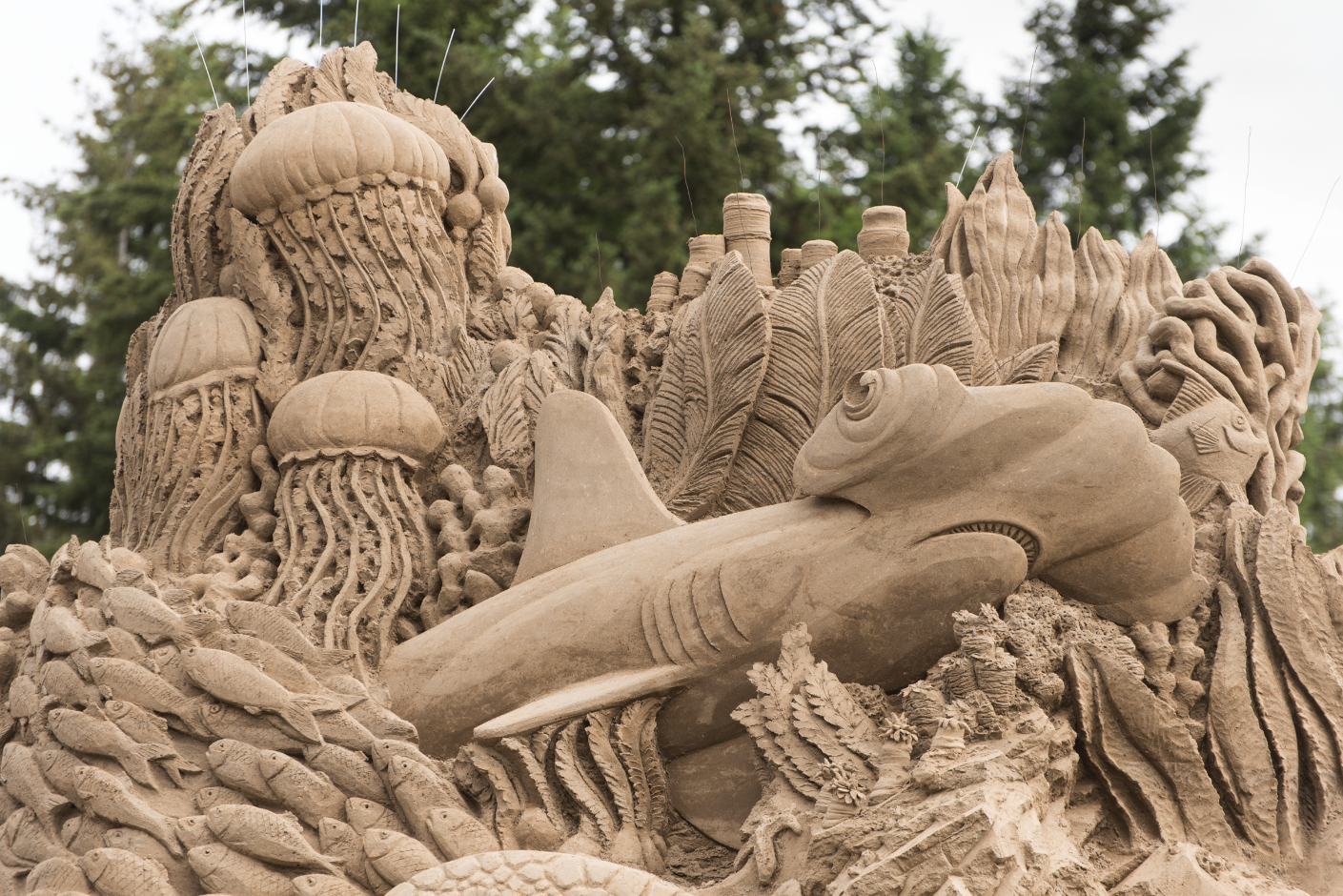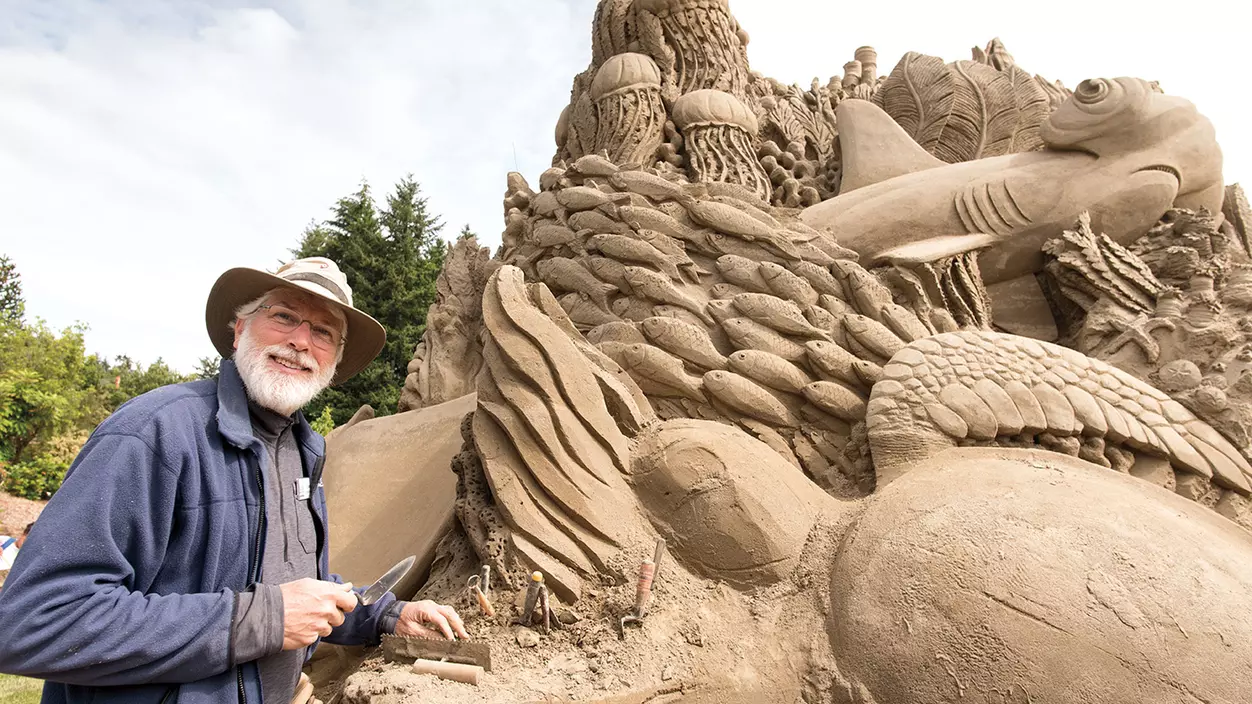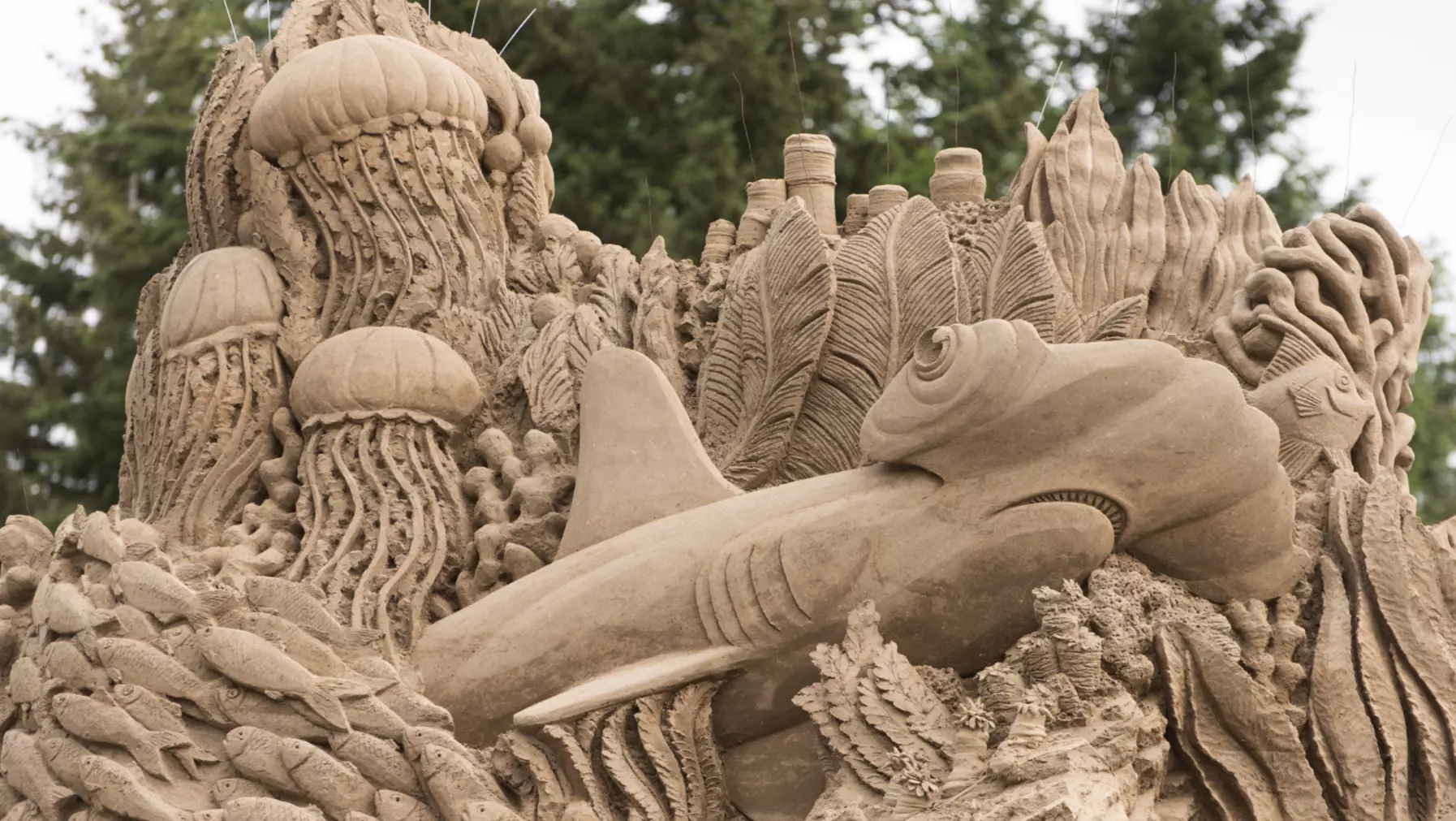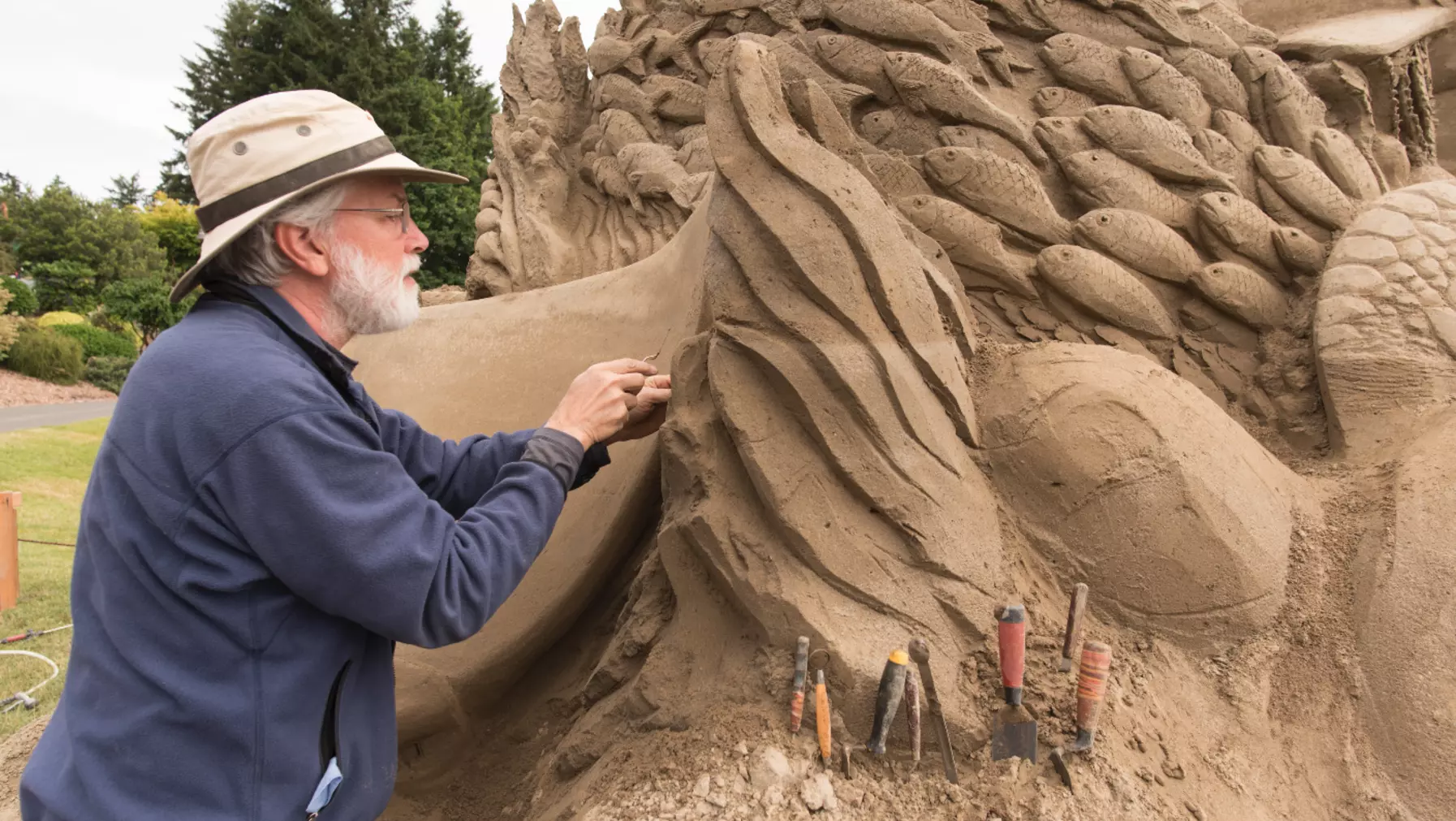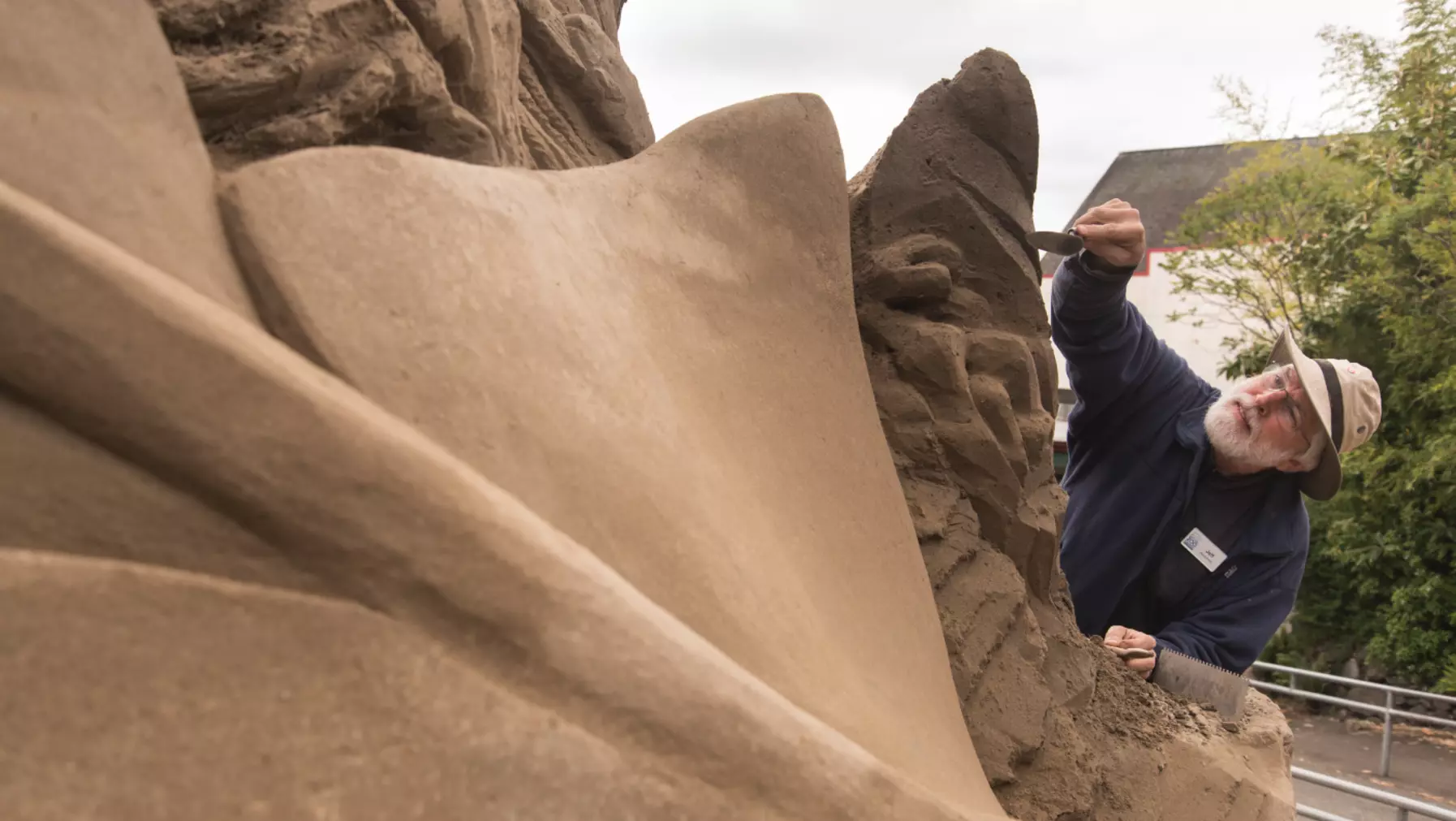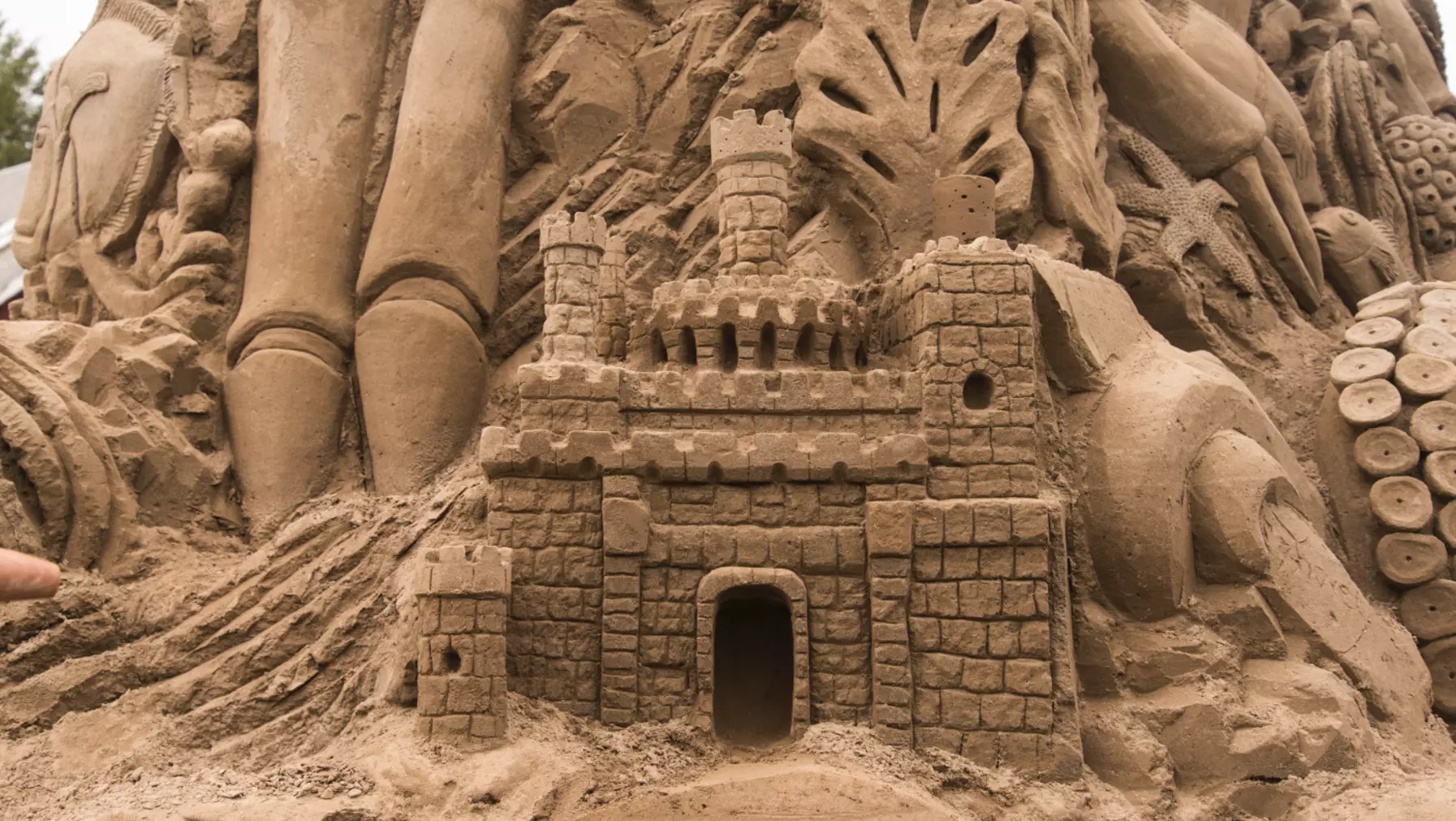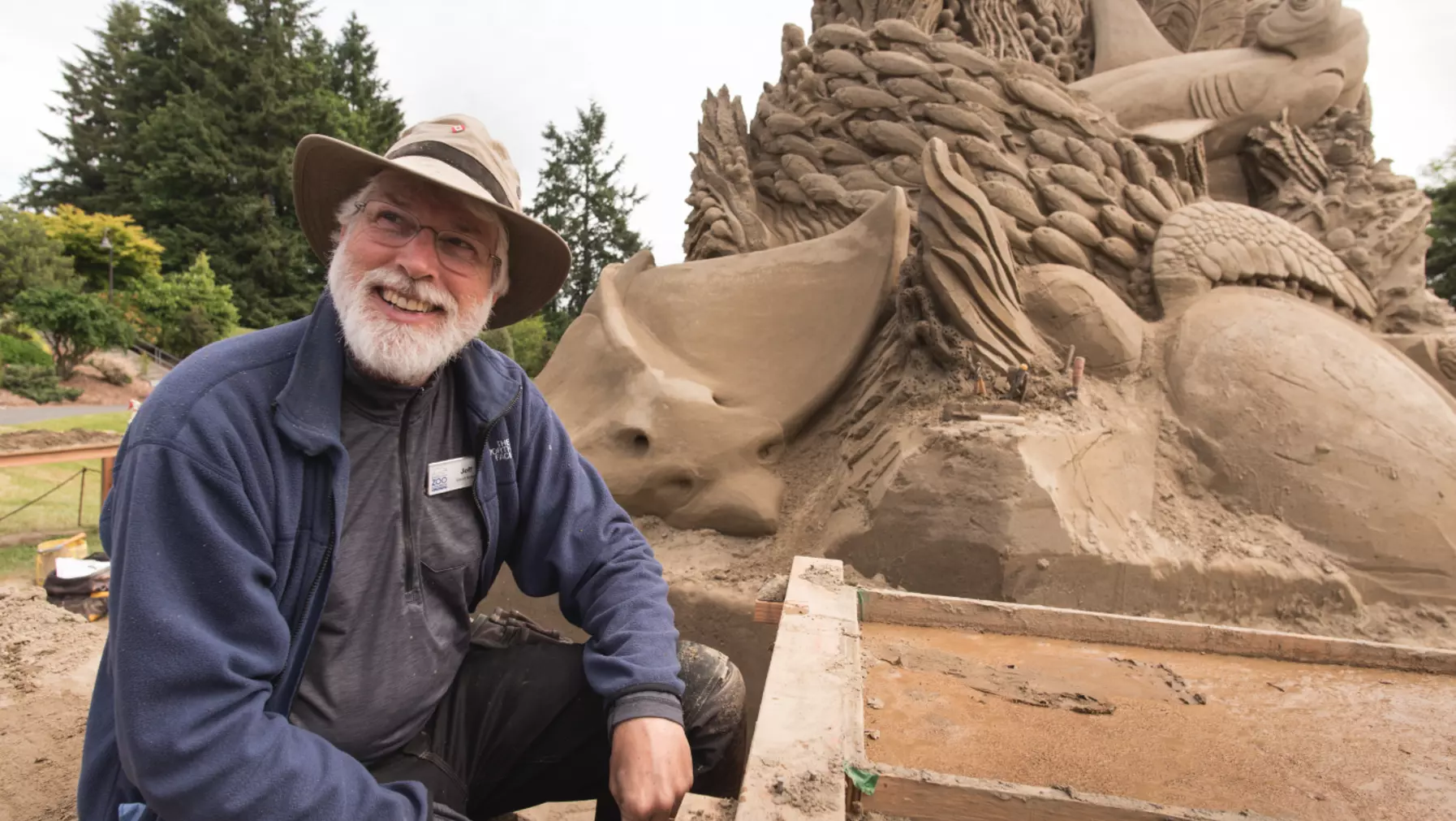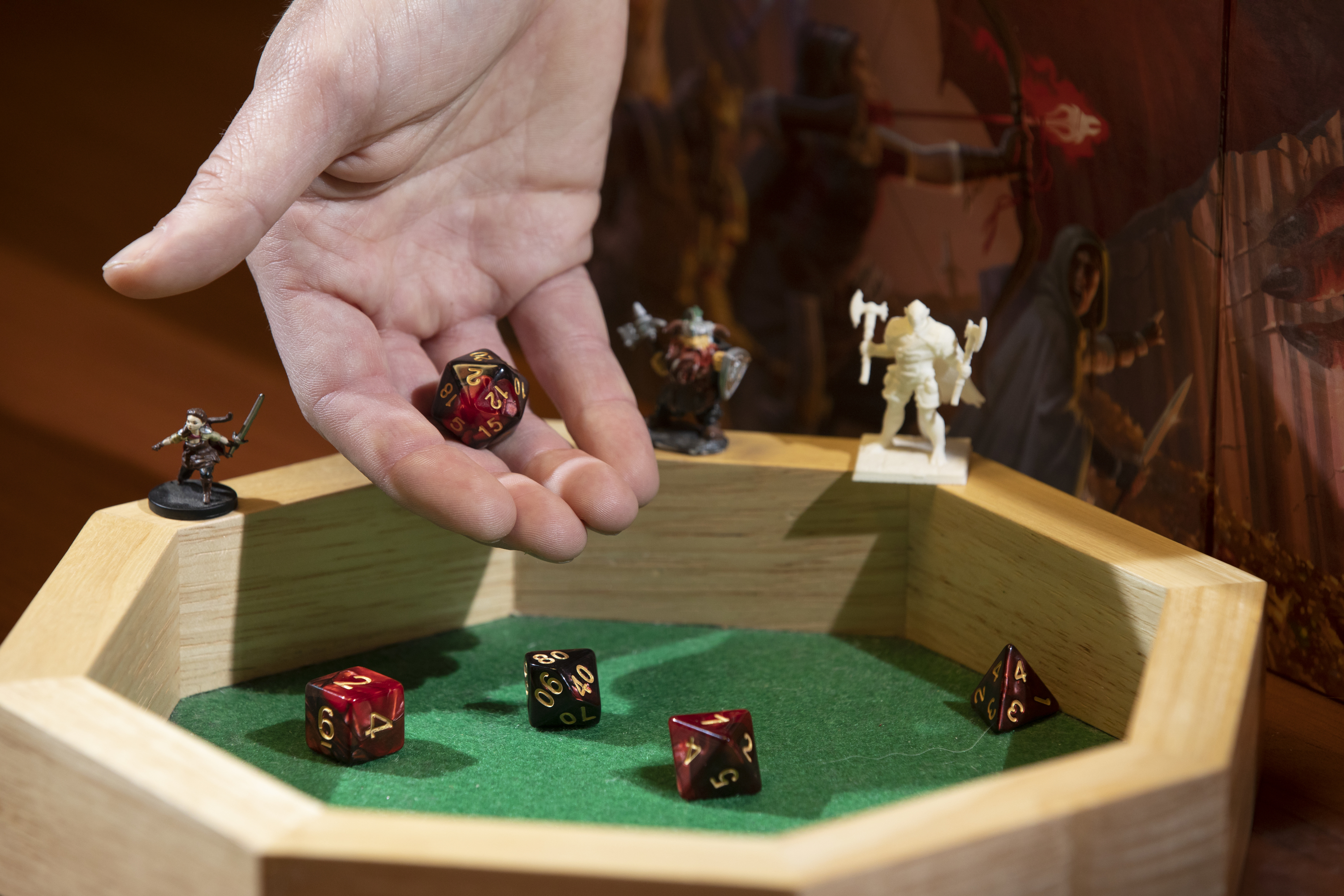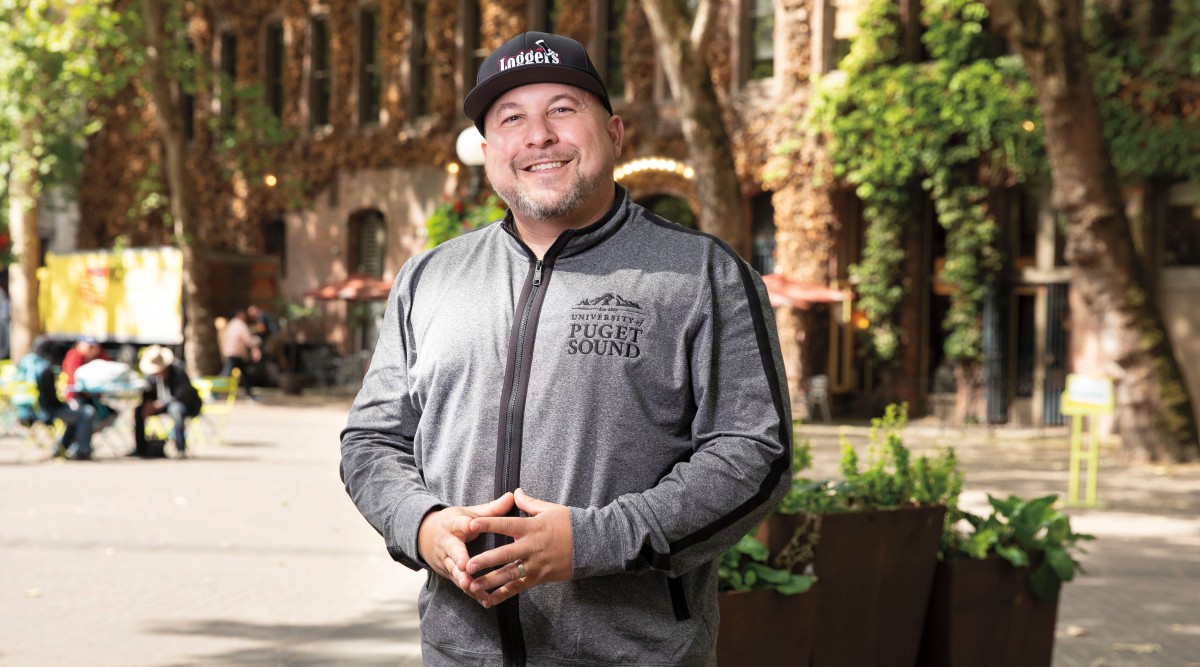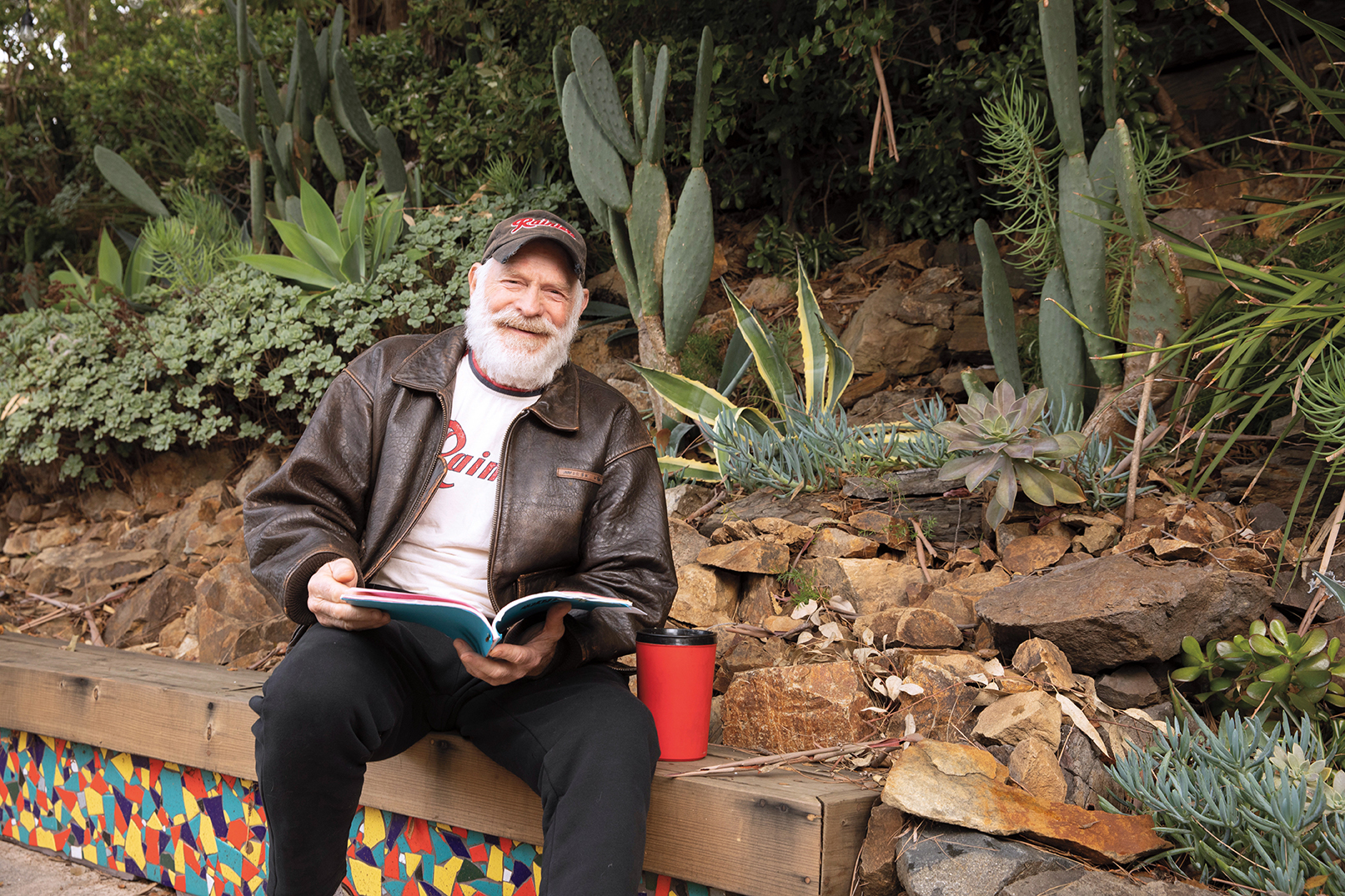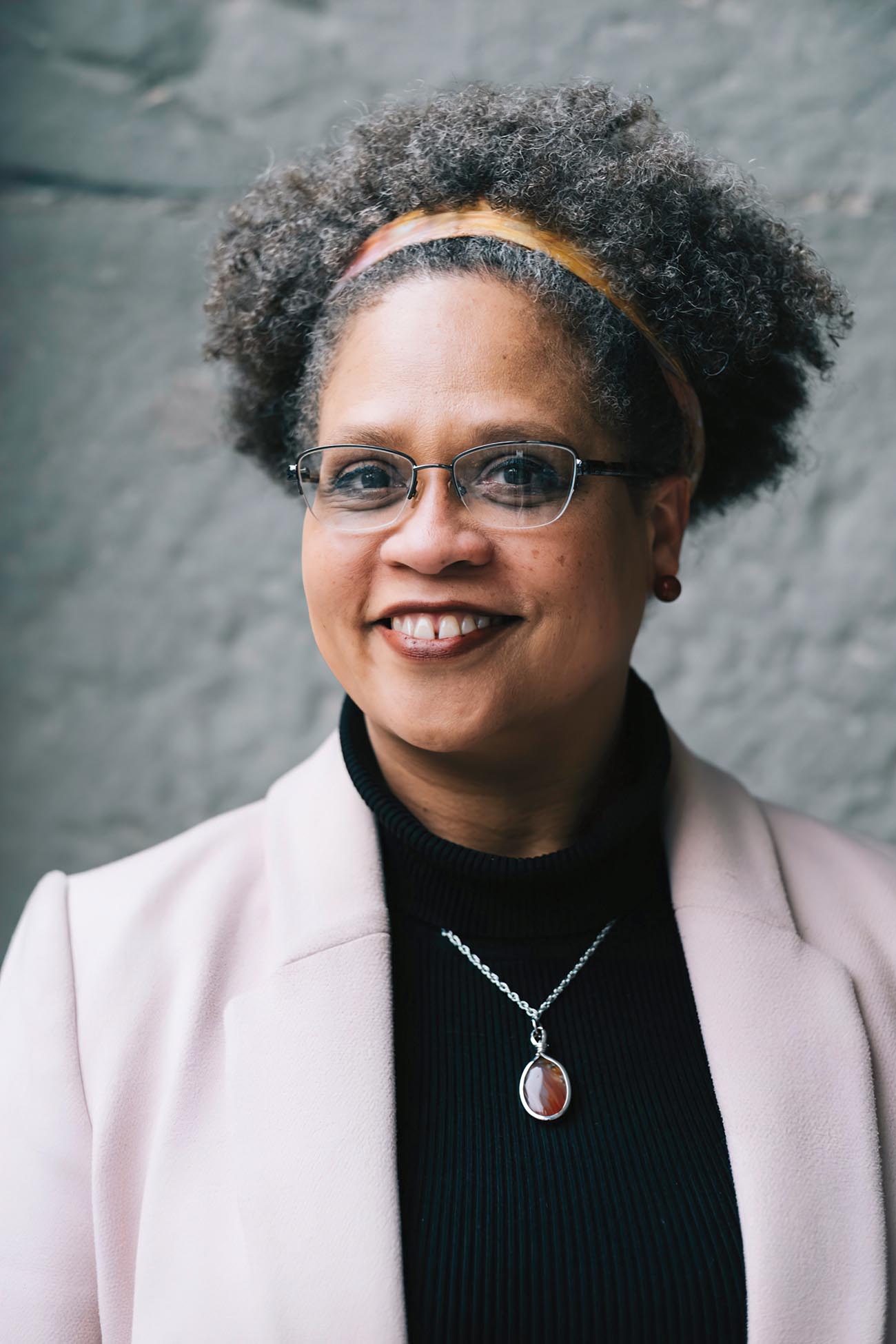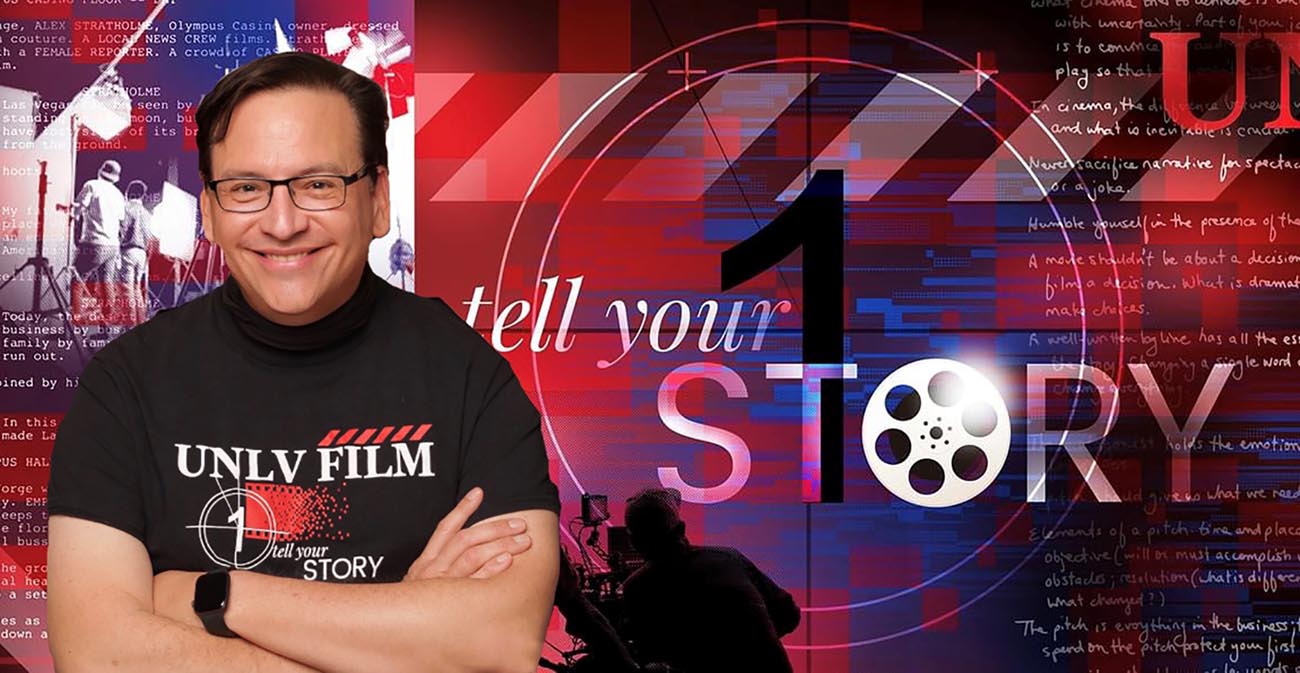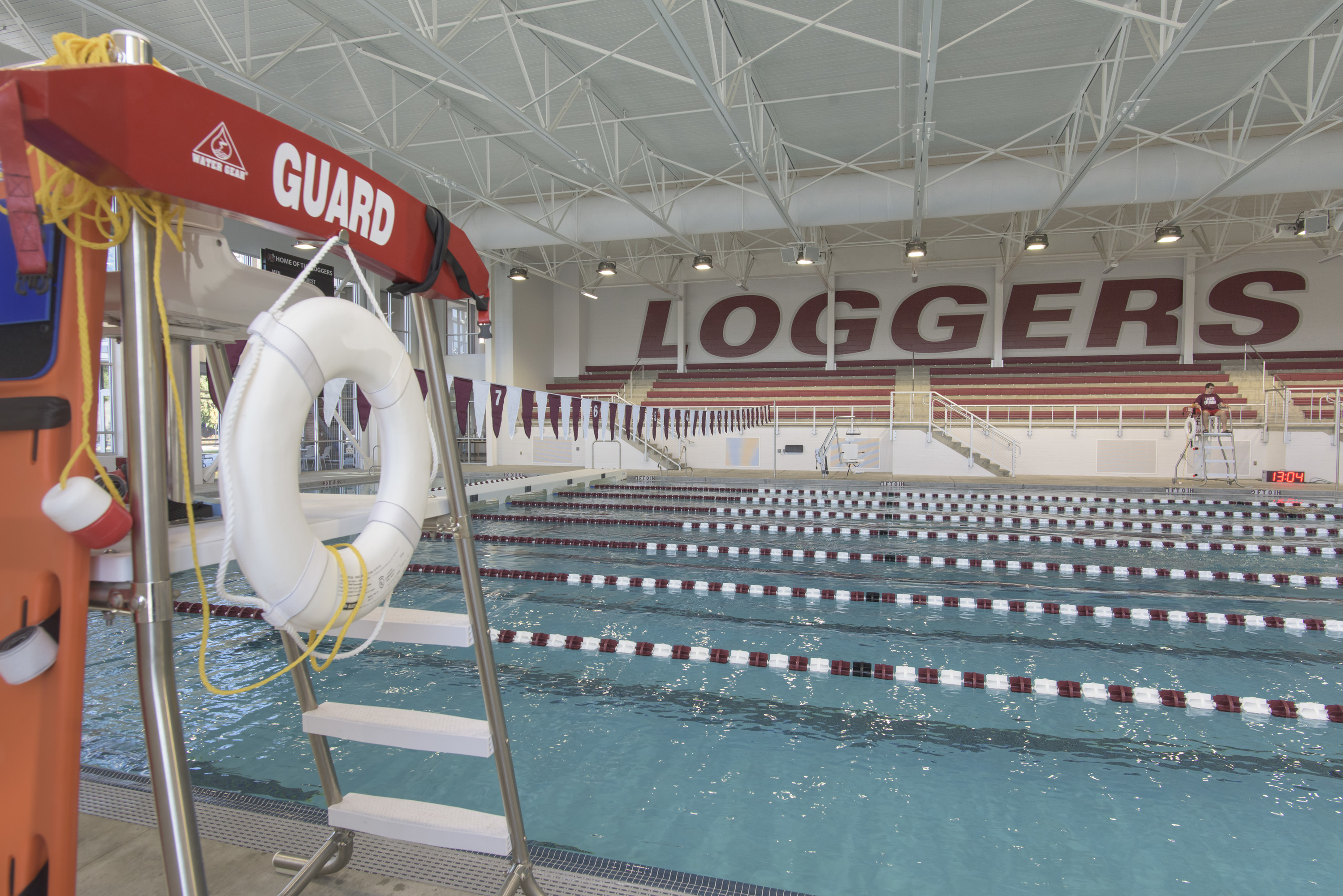After he graduated from Puget Sound with an art degree, Jeff had visions of traveling the world to make documentaries and take photographs. It was the mid-’70s, and though he thought computers were cool (“I liked the idea that you could turn a machine to your will”), he’d never envisioned a career in technology. That changed when Jeff landed a job as a computer programmer in Puget Sound’s “development shop.”
“They knew I did not have any experience, but they recognized that I could think and that I could learn to program, which would be better than hiring someone who could program but not necessarily be that good at thinking,” he says.
For nearly four decades, Jeff was a vital member of the team of programmers and developers who transformed Puget Sound’s siloed, paper-based operations to a collaborative model of shared information and user-centric computing. In the mid-’80s, he created a campuswide centralized database, overhauling the way offices and departments shared and accessed information, and writing the code for Cascade, the university’s homegrown enterprise software for the next 20 years. In the ’90s, he developed Cascade’s web interface, enabling students to select housing, register for classes, and complete a slew of other essential tasks from their personal computers.
“The most rewarding times have been when people really collaborated to innovate,” Jeff says. “We were doing a kind of creative analysis and leading the administration into a whole new way of working, a whole new set of processes. They let the machines do what machines are good at, so that the people could do what people are good at.”
Jeff retired in May, after 38 years as an architect of Puget Sound’s modern computing processes. The very next day, he was down at Point Defiance, working to bring an underwater world to life. The task that day was to shape a section of coral near the sculpture’s base. That’s the crux of Jeff’s approach to art—and life.
“The universe does not make any distinction between physics, art, music, technology, and engineering,” Jeff says. “We break things up into pieces so we can focus on one thing or another, but when you are making something in the sand—or making a computer system—it’s all a combination of ideas and vision, of technology and engineering, of planning and improvisation. It all comes together.”
See more of the World Ocean Weekend sand sculpture:
